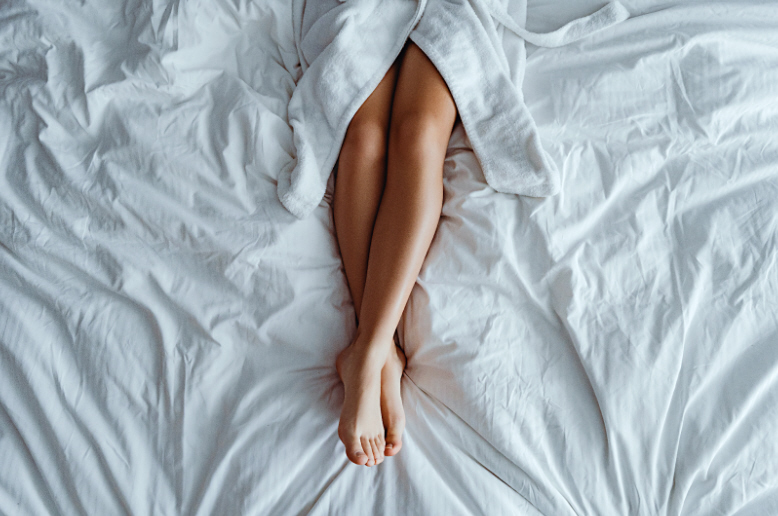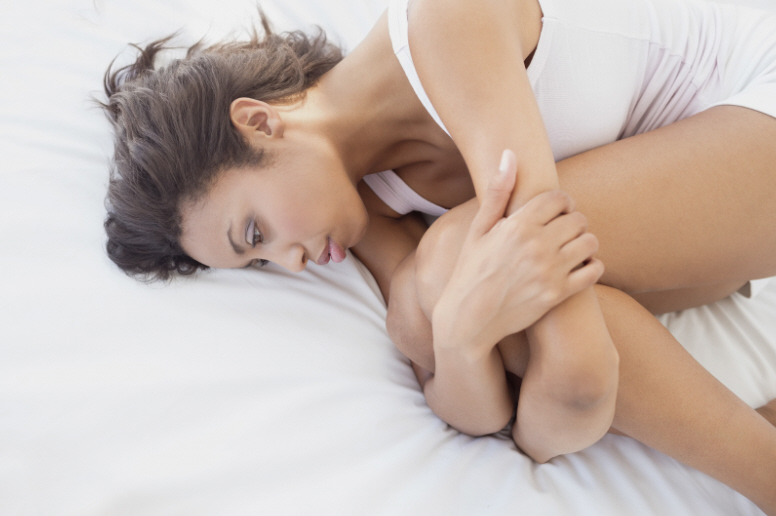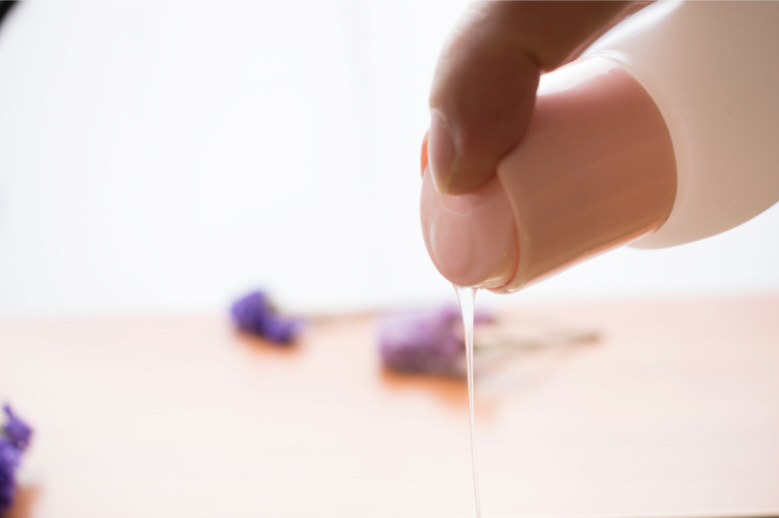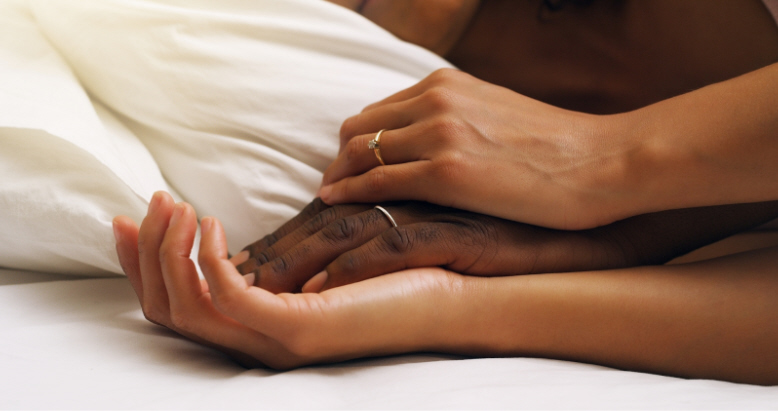


Vaginal dryness is one of the most common — yet least talked about — concerns for women. It can happen after menopause, during breastfeeding, postpartum, due to birth control or antidepressants, or even just with stress or dehydration.
In fact, research suggests that up to 50% of women after menopause experience chronic vaginal dryness. Yet, many hesitate to seek solutions, thinking it’s “just something to live with.” The truth is: vaginal dryness can affect your comfort, confidence, sexual pleasure, and even the health of your intimate tissues.
Two products can make a big difference: vaginal moisturizers and lubricants. They are not the same — and knowing when to use each (or both) is key to feeling comfortable again.

Vaginal moisturizers are products used regularly (2–3 times per week) to hydrate and restore the vaginal lining. Unlike lubricants, which are designed for sex, moisturizers work over time to reduce symptoms like itching, irritation, and ongoing dryness — even outside of intimacy.
Most moisturizers come with an applicator and are used inside the vagina, sometimes also on the vulva, depending on symptoms. They’re safe for ongoing use and don’t interfere with sexual activity.

Lubricants are used right before or during sexual activity to reduce friction, increase comfort, and make intimacy more pleasurable. They do not treat dryness long-term but can prevent pain, irritation, or microtears during penetration.
Think of it this way:
For many women, especially those with menopause-related dryness or breastfeeding-related dryness, the best approach is to use both: a moisturizer a few times per week for daily comfort, and a lubricant during intimacy.


Not all lubricants are created equal. Some can irritate sensitive tissues or even worsen dryness if they have the wrong pH, osmolality, or ingredients. Here’s what to look for:

If vaginal dryness continues despite regular use of moisturizers and lubricants, it could indicate genitourinary syndrome of menopause (GSM) or another hormonal condition. Your doctor may recommend:
Never ignore pain, persistent irritation, or bleeding — these warrant a check-up.

FAQs About Vaginal Dryness
At Metle Metlik, we believe every woman deserves pain-free, shame-free intimacy.



Subscribe to our newsletter to make sure you
don’t miss our updates and new programs.
Reach out for more info or if you’re an expert
and want to join the Metle Metlik team.
Enter your email address